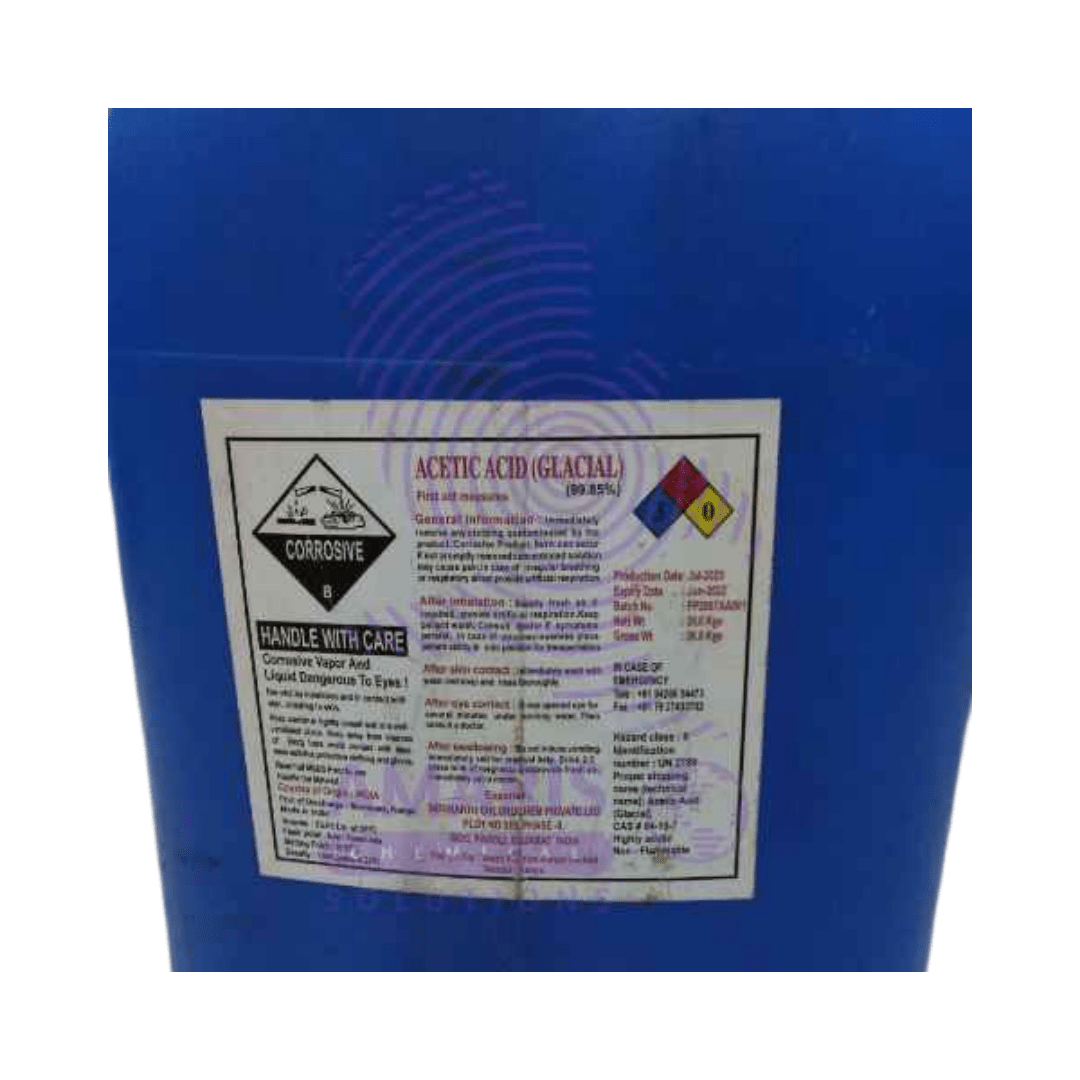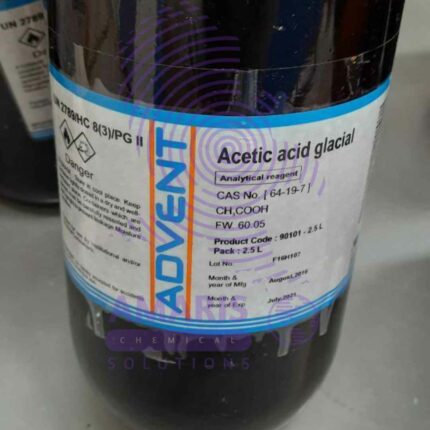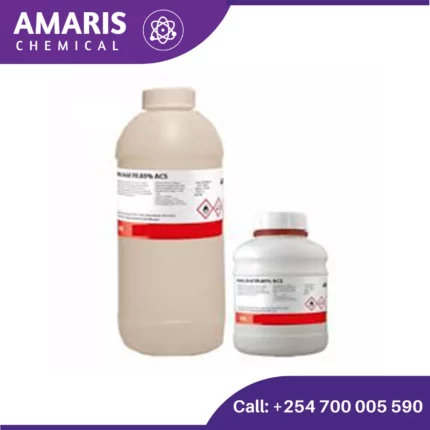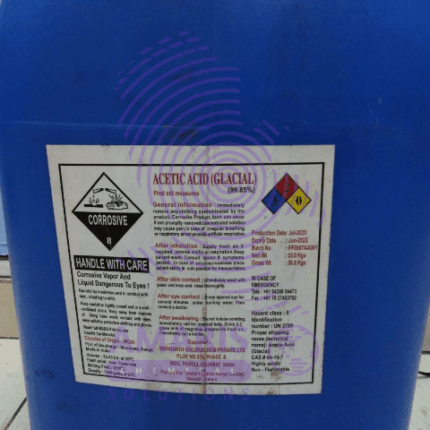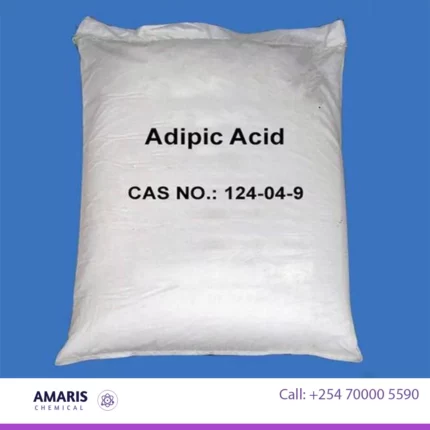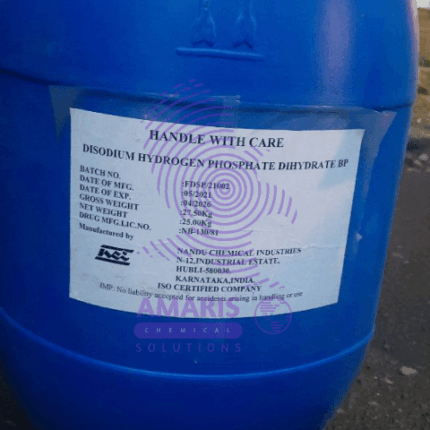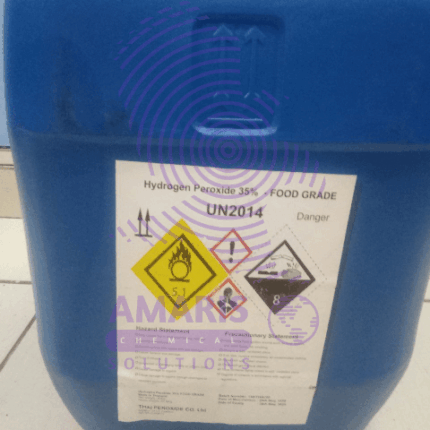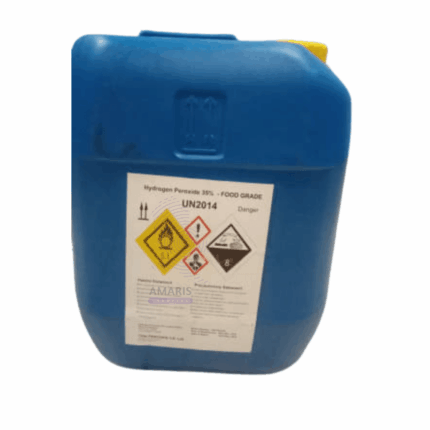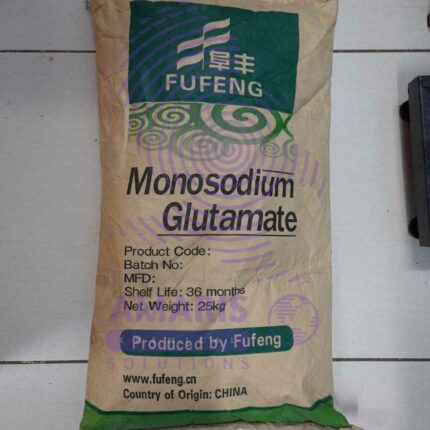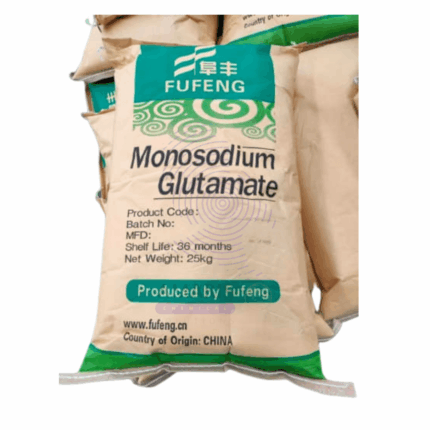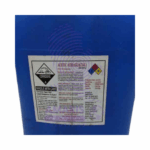
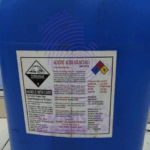
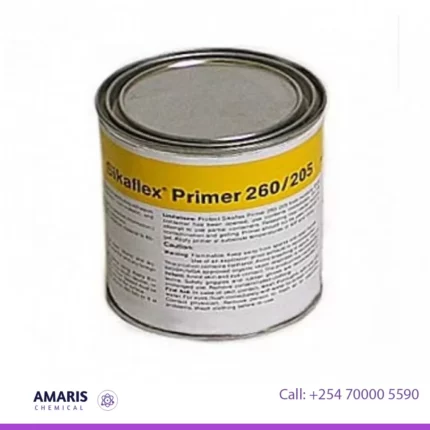
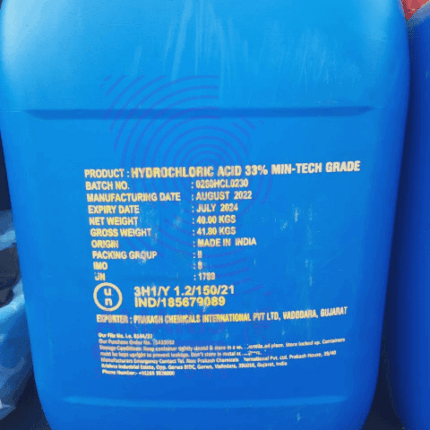
Acetic Acid Food Grade
$10,000.00 Original price was: $10,000.00.$9,000.00Current price is: $9,000.00.
Acetic acid food grade is an organic acid with the chemical formula CH3COOH, also known as ethanoic acid. It is a colorless liquid with a pungent, sour taste and a distinctive vinegar-like odor. Acetic acid is an important industrial chemical used in the production of various products, including solvents, plastics, textiles, and food additives. It is also the main component of vinegar, which is commonly used as a condiment and preservative in cooking and food preparation.
Acetic acid food grade uses
- Food Preservation (Pickling)
- Used in pickling vegetables (cucumbers, onions, peppers, etc.) to extend shelf life and add tangy flavour.
- Acts as an antimicrobial agent, preventing bacterial and fungal growth.
- Condiment (Vinegar Production)
- Diluted acetic acid (4-8%) is the main component of vinegar (white vinegar, apple cider vinegar, etc.).
- Used in salad dressings, marinades, sauces (ketchup, mustard), and chutneys.
- Flavour Enhancer
- Adds a sour/tangy taste to snacks, chips, and canned foods.
- Used in mayonnaise, hot sauces, and fermented foods.
- pH Adjustment & Acidulant
- Regulates acidity in baked goods, beverages, and dairy products.
- Used in cheese production (e.g., mozzarella) to control curd formation.
- Bakery & Confectionery
- Helps in leavening when combined with baking soda (in cakes, bread).
- Used in candy production for sour flavors (e.g., sour gummies).
- Meat & Poultry Processing
- Acts as a disinfectant wash for meats to reduce bacterial contamination (e.g., E. coli, Salmonella).
- Enhances tenderness in marinated meats.
- Canned & Packaged Foods
- Prevents spoilage in canned vegetables, fish, and fruits.
- Extends shelf life in ready-to-eat meals.
- Dairy & Cheese Making
- Used in cottage cheese, ricotta, and processed cheese for coagulation.
- Helps maintain consistency in dairy-based sauces.
- Beverage Industry
- Used in soft drinks, kombucha, and sports drinks for tartness.
- Balances sweetness in fruit juices and flavoured waters.
- Food Cleaning & Sanitization
- As a natural disinfectant, it cleans food-processing equipment.
- Sometimes used in organic food production as a sanitizer
| CONCENTRATION |
99.8% |
|---|---|
| APPEARANCE |
Watery/Thin – Low viscosity e.g., ethanol |
| AVAILABLE GRADES |
FOOD GRADE ,TECHNICAL GRADE |
| COUNTRIES OF ORIGIN |
CHINA ,MALYASIA |
| AVAILABLE PACK SIZE |
35kg ( Metal or Plastic Jerrycan/ Bucket, Bag, Box, Polythene bag, Carton bag) |
Basic Identification
- Chemical Name (IUPAC): Ethanoic acid
- Common/Trade Name: Acetic acid (Food Grade), Vinegar acid
- CAS Number: 64-19-7
- HS Code: 2915.21.00 (for pure acetic acid)
- Molecular Formula: C₂H₄O₂ or CH₃COOH
- Synonyms: Glacial acetic acid (when anhydrous), methanecarboxylic acid
Physical & Chemical Properties
- Physical State: Liquid (often diluted to 4-20% for food use)
- Color & Odor: Clear, colorless; pungent vinegar-like odor
- Boiling Point: 118°C (pure) | Melting Point: 16.6°C (can solidify when cold)
- Density: 1.049 g/cm³ (at 25°C, for pure acetic acid)
- Solubility: Fully miscible in water, ethanol, ether
- pH Level: ~2.4 (1M solution; highly acidic)
- Vapor Pressure: 15.7 mmHg at 25°C
- Flash Point: 39°C (closed cup; flammable at high concentrations)
- Autoignition Temperature: 427°C
- Viscosity: 1.22 mPa·s at 25°C
Safety & Hazard Attributes
- Hazard Class (GHS):
- Corrosive (Category 1B)
- Flammable (Category 3, at high concentrations)
- Skin/Eye Irritant (Category 2)
- NFPA Ratings: Health: 3 | Flammability: 2 | Reactivity: 0
- Exposure Limits:
- OSHA PEL: 10 ppm (TWA)
- ACGIH TLV: 10 ppm (TWA), 15 ppm (STEL)
- Reactivity:
- Incompatible with oxidizers (e.g., chromic acid, peroxides), bases (violent neutralization)
- Corrodes metals (e.g., iron, aluminum)
Storage & Handling Attributes
- Storage Conditions:
- Store in a cool, well-ventilated area (<40°C)
- Keep containers tightly sealed to prevent moisture absorption
- Avoid freezing (expands upon solidification)
- Incompatible Materials: Nitrates, peroxides, alkalis, metals (e.g., aluminum)
- Container Type:
- Food-grade polyethylene (HDPE), stainless steel (316), or glass
- Avoid unlined steel or aluminum
- Shelf Life: Indefinite if undiluted and stored properly
- Special Handling:
- Use chemical-resistant gloves (nitrile, neoprene), goggles, and ventilation
- Food-grade purity requires USP/FCC or equivalent certification
Regulatory & Compliance Attributes
- Regulatory Status:
- FDA: GRAS (Generally Recognized as Safe) for food use (21 CFR 184.1005)
- EU: Approved food additive (E260)
- REACH: Registered for food/pharma applications
- GHS Pictograms:
- ⚠️ (Corrosion), 🔥 (Flammable at high concentrations)
- Transportation (DOT/IATA):
- UN 2789 (Acetic acid, >80%), Class 8 (Corrosive), PG II
- UN 2790 (Acetic acid, 10-80%), Class 8, PG III
- Waste Disposal:
- Neutralize with alkali (e.g., sodium bicarbonate) before disposal
- Follow EPA/RCRA guidelines for corrosive waste
Environmental & Health Impact
- Ecotoxicity:
- LC50 (fish): 50–100 mg/L (moderate toxicity)
- Biodegradability: Readily biodegradable (half-life ~1–7 days)
- Persistence: Low; breaks down in water/soil via microbial action
- Carcinogenicity/Mutagenicity:
- IARC: Not classified (Group 3)
- OSHA/NTP: No evidence of carcinogenicity
- Health Effects:
- Corrosive to skin/eyes; inhalation causes respiratory irritation
- Ingestion (diluted) is safe in small amounts (e.g., vinegar)
Personal Protective Equipment (PPE):
- Wear chemical-resistant gloves (nitrile or neoprene).
- Use safety goggles or a face shield to protect eyes.
- Wear an apron or lab coat made of acid-resistant material.
- Use respiratory protection (NIOSH-approved mask) if ventilation is inadequate.
Handling & Storage:
- Work in a well-ventilated area (use fume hoods if concentrated).
- Avoid contact with skin, eyes, and clothing.
- Keep away from heat, sparks, and open flames (flammable vapor risk).
- Store in a cool, dry place, away from oxidizers, alkalis, and metals.
- Use non-reactive containers (stainless steel, polyethylene, or glass).
Spill & Leak Control:
- Neutralize spills with sodium bicarbonate (baking soda) or lime.
- Absorb liquid with inert materials (vermiculite, sand).
- Rinse contaminated surfaces with plenty of water.
Inhalation (Breathing in Vapors):
- Move to fresh air immediately.
- If breathing is difficult, provide oxygen and seek medical help.
Skin Contact:
- Remove contaminated clothing.
- Rinse affected area with copious water for at least 15 minutes.
- Seek medical attention if irritation persists.
Eye Contact:
- Flush eyes with lukewarm water for at least 15 minutes, holding eyelids open.
- Seek immediate medical attention (risk of corneal damage).
Ingestion (Swallowing):
- Do NOT induce vomiting (can cause further damage).
- Rinse mouth with water.
- Drink milk or water (if conscious) to dilute.
- Seek emergency medical help immediately.
Flammability:
- Flammable at high concentrations (>10% in air).
- Vapors can form explosive mixtures.
Suitable Extinguishing Agents:
- Water spray, fog, or alcohol-resistant foam.
- Dry chemical powder (Class B fires).
- CO₂ extinguishers for small fires.
Unsuitable Extinguishing Agents:
- Avoid high-pressure water jets (can spread flames).
Firefighter Protection:
- Wear self-contained breathing apparatus (SCBA).
- Use full protective gear (acid-resistant suit).
- Cool containers with water to prevent explosion
You may also like…
Acetic Acid 2.5litre
Related products
Acesulfame K
Acetaldehyde
- Chemical Structure: Acetaldehyde consists of two carbon atoms, one oxygen atom, and four hydrogen atoms. Its structure is CH3CHO, where the carbon atom in the middle is doubly bonded to an oxygen atom and singly bonded to a hydrogen atom and a methyl group (CH3).
- Occurrence: Acetaldehyde can be found naturally in various ripe fruits, coffee, and heated milk. It is also produced by the oxidation of ethanol (alcohol) by enzymes in the liver and other tissues in humans, making it an intermediate product in alcohol metabolism.

